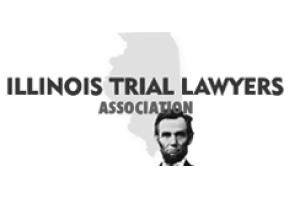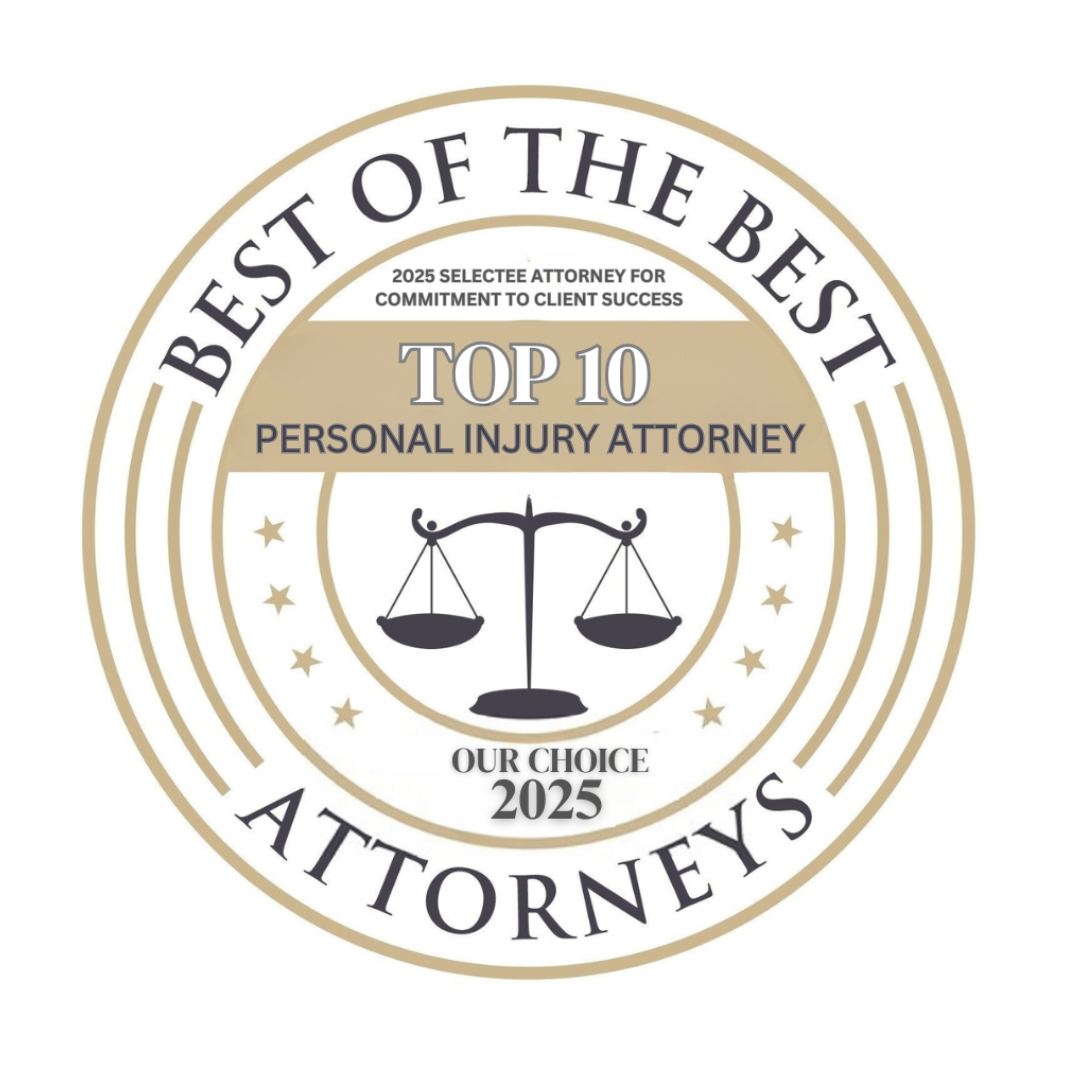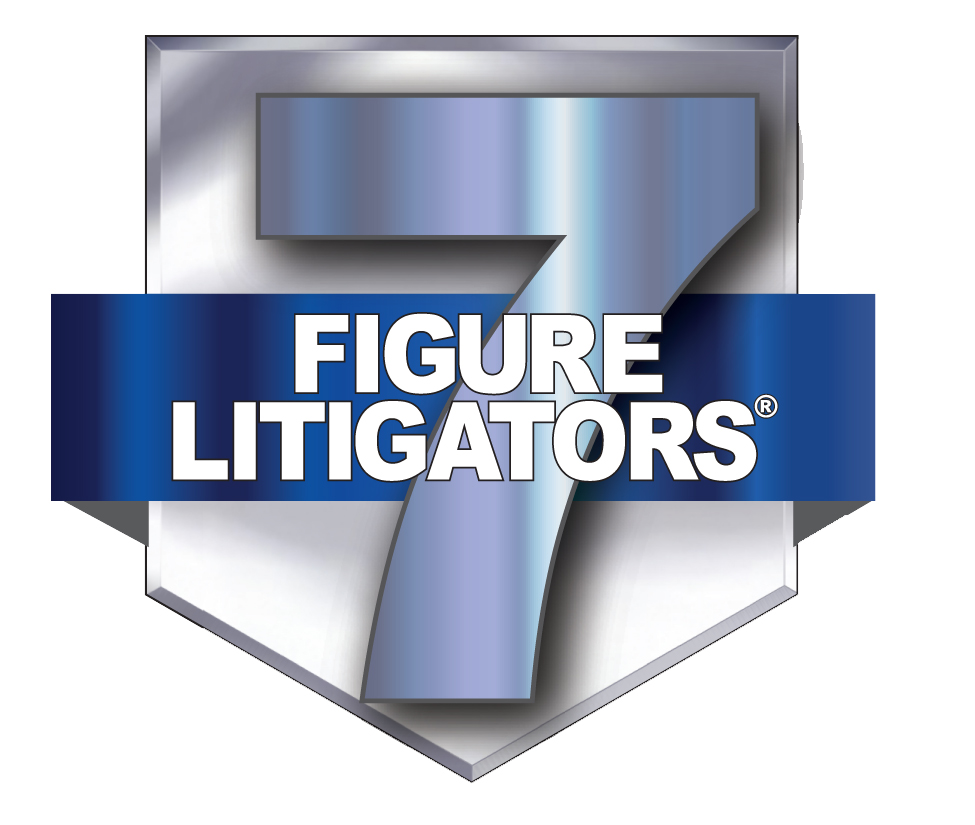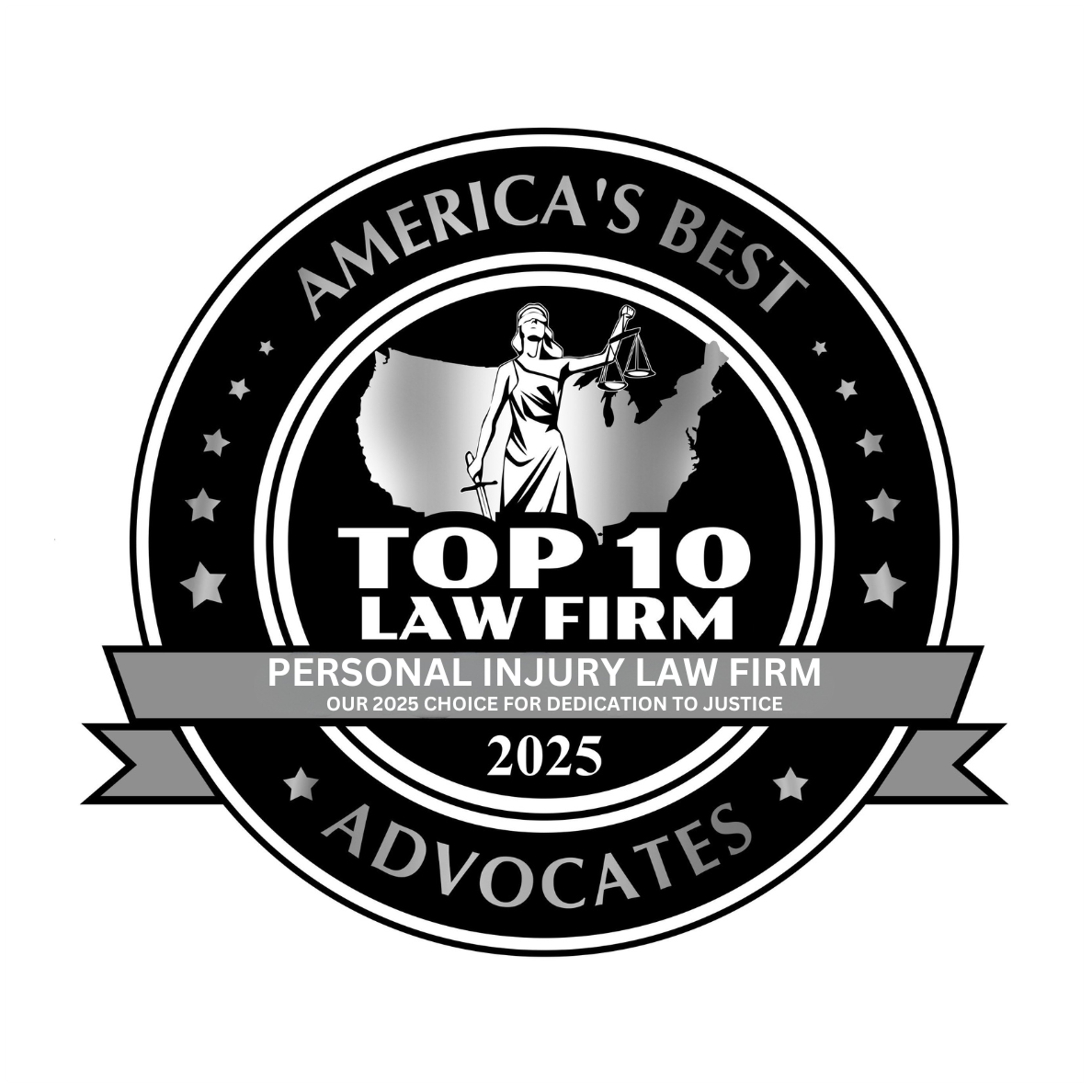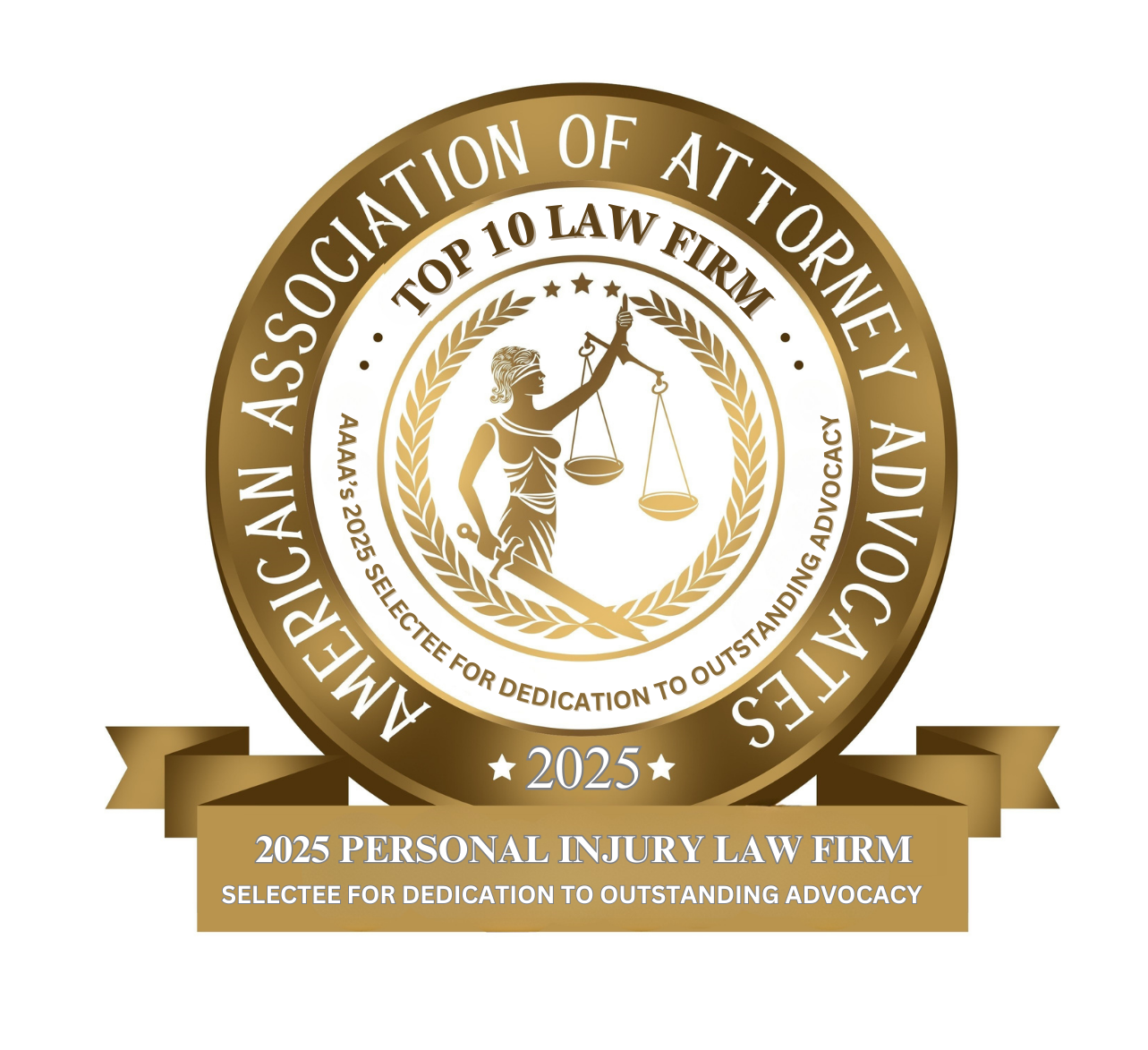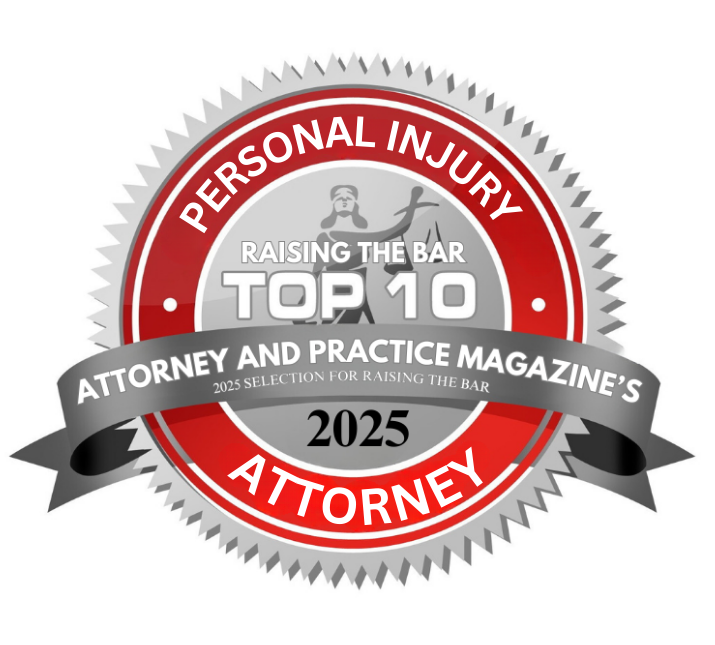Illinois Drowsy Driving Accident Lawyers
Injury Attorneys for Victims Struck By Drivers Who Fell Asleep at the Wheel
Drowsy driving is one of those risks most drivers underestimate until it’s too late. In Illinois, where long rural stretches, late-night shift work, winter darkness, and commuter congestion intersect, fatigue-related car accidents are a serious and often underreported contributor to injuries and deaths.
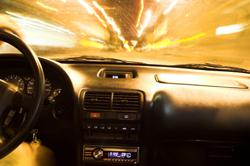
At John J. Malm & Associates, we have spent decades helping accident victims in Illinois navigate the aftermath of serious crashes. Drowsy driving is a particularly insidious cause of injury because it often leaves no outward evidence until a crash occurs, yet the consequences can be devastating. Our team is dedicated to investigating every factor that contributes to a crash, including driver fatigue, to ensure our clients receive the full compensation they deserve.
“Drowsy driving cases are among the most fact-intensive of all car accidents. Crash mechanics, electronic logs, medical history, and witness statements all matter. To recover full compensation, you must show how fatigue led to the collision and the resulting harm. That’s why it’s important to have an experience car accident attorney by your side.” — John J. Malm, Naperville car accident lawyer
How Big is the Drowsy Driving Problem?
Official counts understate the true scale of drowsy driving because law-enforcement reports often list the proximate cause (like roadway departure) without reliably documenting whether the driver was fatigued. The National Highway Traffic Safety Administration’s routine reports list hundreds of drowsy-driving fatalities each year (police-identified), but newer research that imputes drowsiness from crash characteristics suggests the real toll is far larger. The AAA Foundation for Traffic Safety’s 2017–2021 analysis estimates that nearly 30,000 people were killed in crashes that involved drowsy drivers during those five years, a far higher figure than police reports alone indicate, and that drowsiness was present in a substantial share of fatal crashes and severe-injury crashes. National-level analysis also shows that drowsy-driving crashes are more likely to be single-vehicle events, occur on rural roads and during overnight or early-morning hours, and disproportionately involve younger drivers.
In Illinois, the total number of traffic fatalities has fluctuated in recent years. While Illinois does not publish a simple “drowsy driving fatality” figure comparable to national imputations, the state’s crash databases and strategic safety plan recognize fatigued/drowsy driving as a crash factor and include it in targeted countermeasure planning. That means drowsy driving is a recognized contributor to Illinois crashes even if it is frequently undercounted in routine police reporting.
Why Drowsy Driving is Dangerous
Driving while drowsy impairs reaction time, attention, decision-making, and vehicle control, effects that parallel or exceed those produced by alcohol in many controlled studies. Sleep scientists and traffic-safety researchers have shown that:
- Short sleep multiplies crash risk: Drivers who sleep fewer than five hours are several times more likely to be involved in a crash than well-rested drivers. Some studies compare extreme sleep deprivation to alcohol impairment for certain driving tasks.
- Peak danger windows exist: Most drowsy-driving incidents happen during circadian low points: late night to early morning (midnight–6 a.m.) and the mid-afternoon dip (around 2–4 p.m.). Those hours are particularly hazardous for commuting shift workers and long-distance drivers.
- Drowsiness often co-occurs with other impairments: Drinking and drowsiness overlap in a notable share of fatal crashes; AAA’s analysis found many drowsy drivers in fatal crashes had also consumed alcohol, although two-thirds of drowsy drivers were not drinking.
These mechanisms explain why drowsy-driving crashes often involve roadway departures, high-speed run-off-road incidents, and single-vehicle crashes, scenarios that frequently lead to severe injuries and fatalities.
Who is Most at Risk of Drowsy Driving Accidents in Illinois
- Shift workers and overnight employees: Late-night healthcare, factory, or service-industry workers are vulnerable due to circadian rhythm disruption.
- Commercial drivers and long-haul truckers: Despite hours-of-service rules, fatigue contributes to crashes on Illinois interstates.
- Young drivers: Late-night schedules and inexperience behind the wheel increase risk.
- People with untreated sleep disorders: Conditions like obstructive sleep apnea can cause daytime drowsiness.
Rural roads, overnight interstate travel, and urban commuting patterns in Illinois all intersect with these risk groups.
Common Injuries in Drowsy Driving Accidents
Because drowsy-driving crashes often involve high-speed collisions, single-vehicle rollovers, or roadway departures, the injuries can be severe and wide-ranging:
- Traumatic brain injuries (TBI): From head impact during rollovers or collisions.
- Spinal cord injuries: Especially in crashes involving ejection or sudden deceleration.
- Fractures and broken bones: Limbs, ribs, and pelvis are commonly affected in rollovers or multi-impact crashes.
- Whiplash and neck injuries: From sudden impact or rear-end collisions.
- Internal organ damage: Resulting from blunt-force trauma in high-speed crashes.
- Soft tissue injuries: Bruises, strains, and sprains that can persist for months.
Early medical attention and documentation are crucial for both recovery and legal claims.
Typical Drowsy Driving Crash Scenarios
Drowsy-driving collisions share patterns that can help investigators and attorneys spot fatigue as a cause even when police reports do not explicitly say so:
- Crashes that occur on rural two-lane roads late at night or in the early morning, often involving a single vehicle that departs the road or strikes a fixed object.
- Head-on collisions or high-speed run-off-road crashes where the driver appears to have lost control without evasive steering or braking.
- Crashes during long, monotonous drives (interstate segments, late-night shifts returning home) or immediately after a shift change where the driver had limited sleep.
- Collisions where medical or witness statements reveal the driver complained of fatigue, fell asleep, or had irregular hours prior to the trip. Documentation from employers or electronic logging devices (for commercial drivers) can be crucial evidence.
How Victims Can Prove Drowsy Driving and Pursue Recovery
Proving drowsy driving in a personal injury case is often harder than proving obvious forms of impairment, because there is rarely a breath/blood test or direct measurement. Still, drowsiness can be shown through a combination of evidence:
- Crash characteristics (single-vehicle run-off-road, lack of braking, time of day) that match known drowsy-driving patterns.
- Medical and employment records showing the driver’s sleep schedule, shift-work hours, prescriptions, or diagnosed sleep disorders.
- Electronic data, such as GPS, cellphone records showing overnight activity, or commercial vehicle ELD logs that indicate hours on duty or irregular sleep opportunities.
- Witness statements describing the driver’s behavior (nodding off, erratic lane behavior) or corroborating accounts of fatigue.
An experienced Illinois car accident attorney will gather this evidence quickly and act to preserve electronic logs, obtain employer shift records, and arrange for accident reconstruction and medical opinions to explain how drowsiness caused the crash and the client’s injuries.
Preventing Drowsy Driving
Drivers:
- Prioritize sleep (7+ hours nightly).
- Avoid driving during circadian low periods.
- Take breaks and naps on long drives.
- Avoid alcohol or sedating medications.
Employers:
- Implement fatigue-management policies and reasonable scheduling.
- Enforce hours-of-service rules for commercial drivers.
Policymakers and Agencies:
- Maintain rumble strips, median barriers, and clear shoulders.
- Educate the public on drowsy-driving risks and data collection improvements.
Frequently Asked Questions about Drowsy Driving Accidents in Illinois
Q: How can investigators determine if someone was fatigued?
A: Crash patterns, witness statements, and electronic/employment records are used to infer drowsiness.
Q: Can I sue a fatigued driver?
A: Yes. You can pursue a negligence claim if you prove the driver breached a duty to drive safely and that breach caused your injuries.
Q: Are employers liable for employee fatigue?
A: Sometimes, particularly for commercial drivers, if scheduling or policies contributed to unsafe driving.
Q: How do investigators tell if someone fell asleep at the wheel?
A: Investigators look for crash signatures (lack of braking, roadway departure), witness statements, and circumstantial evidence (time of day, long trip, recent shift work). Electronic records, such as phone/GPS logs or commercial ELDs, can be decisive. Medical and employment records that show sleep deprivation or shift work also help.
Q: What should I do after a suspected drowsy-driving crash?
A: Seek medical attention, contact police, document the scene, preserve electronic data, and contact an attorney promptly.
Contact the Top-Rated Illinois Drowsy Driving Car Accident Lawyers at John J. Malm & Associates
Drowsy driving is a preventable yet persistent cause of severe crashes in Illinois. The injuries sustained in these accidents can be life-altering, and insurance or legal claims are often complex because proving fatigue as a factor requires thorough evidence collection. At John J. Malm & Associates, our dedicated Illinois car accident attorneys have extensive experience handling drowsy-driving cases and advocating for victims to secure fair compensation. If you or a loved one has been injured in a crash caused by a fatigued driver, contact our firm today for a free consultation. Our attorneys will review your case, gather critical evidence, and fight to ensure your recovery covers medical bills, lost wages, and the full extent of your pain and suffering.




